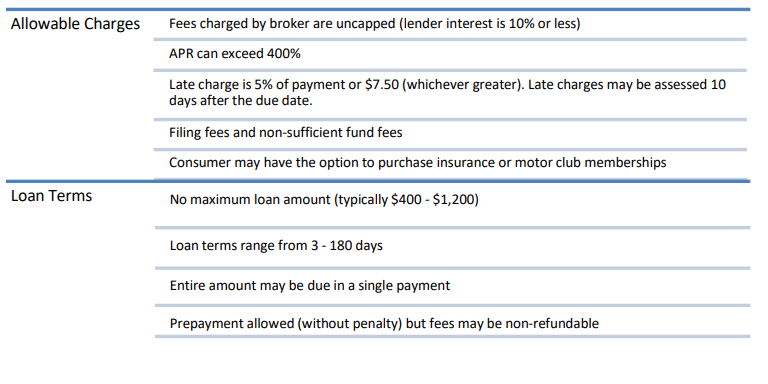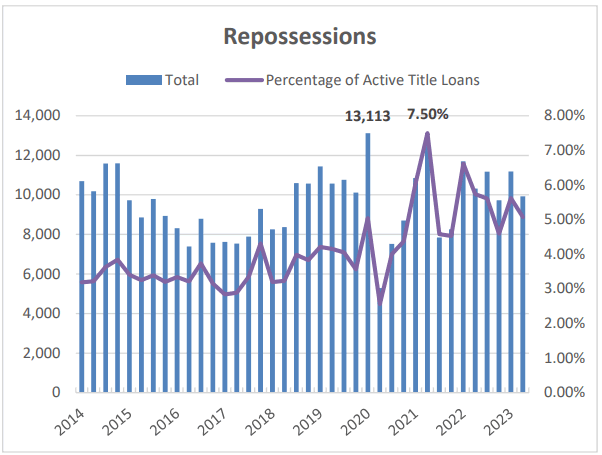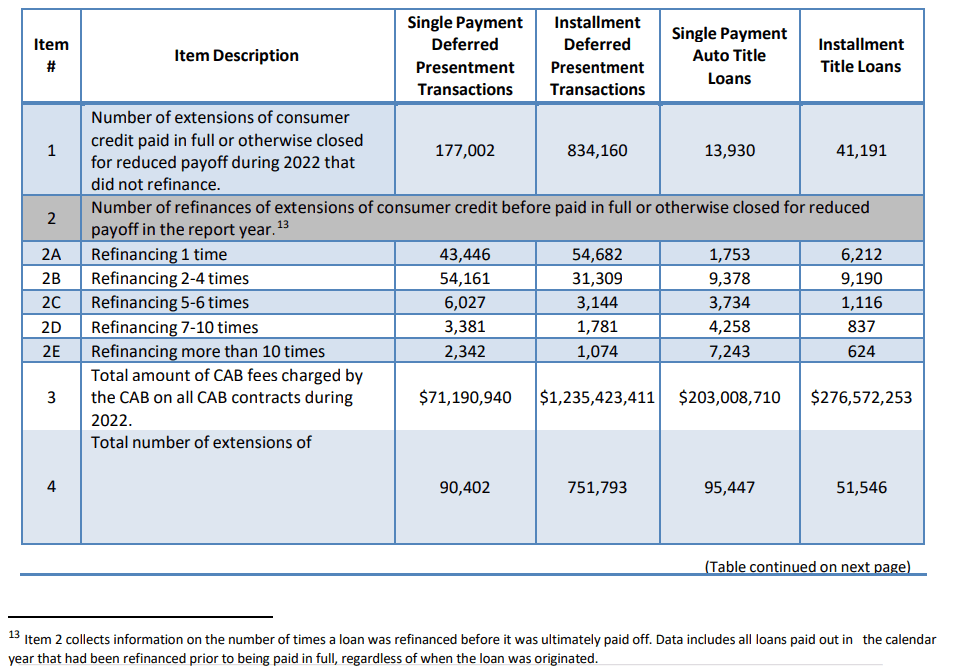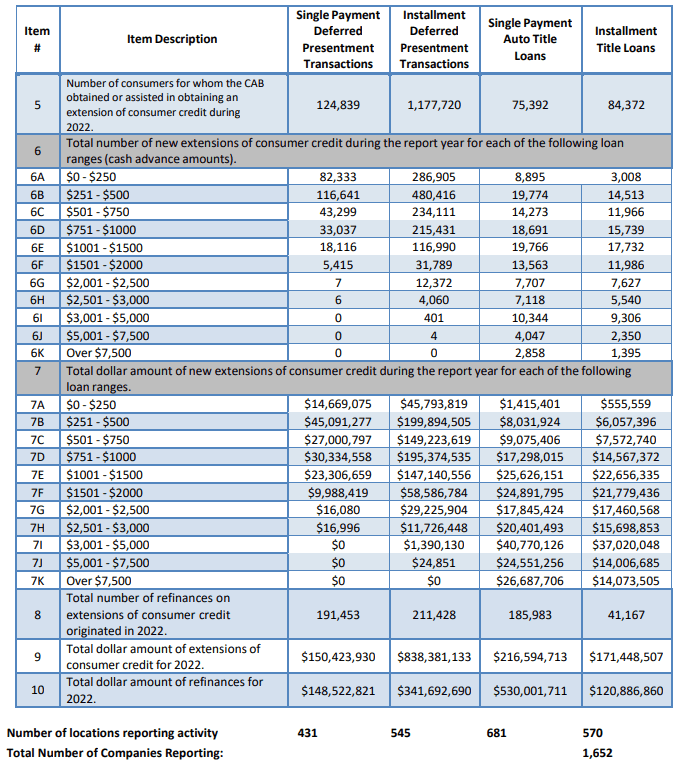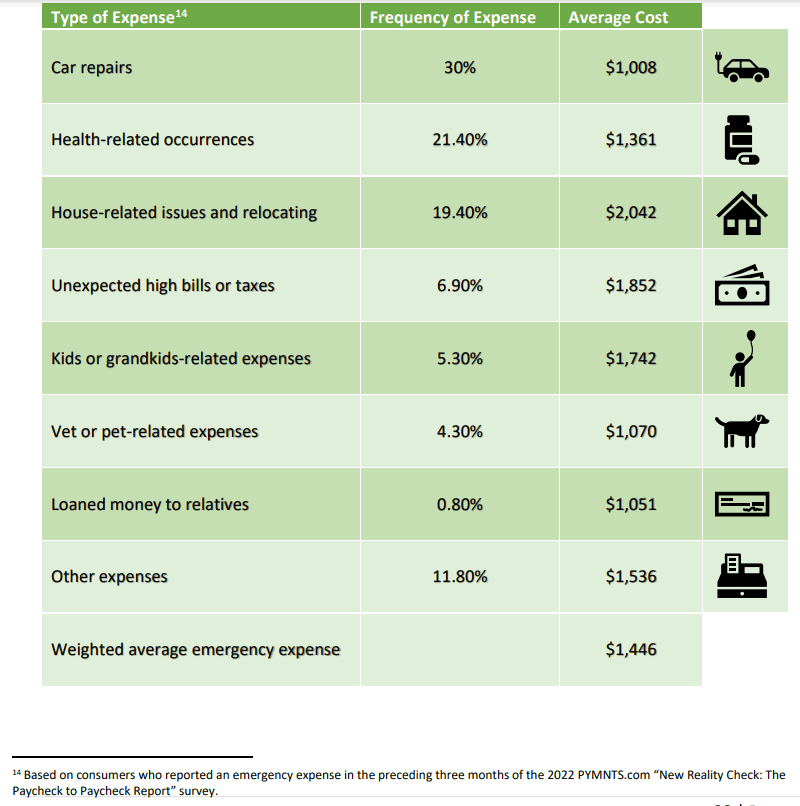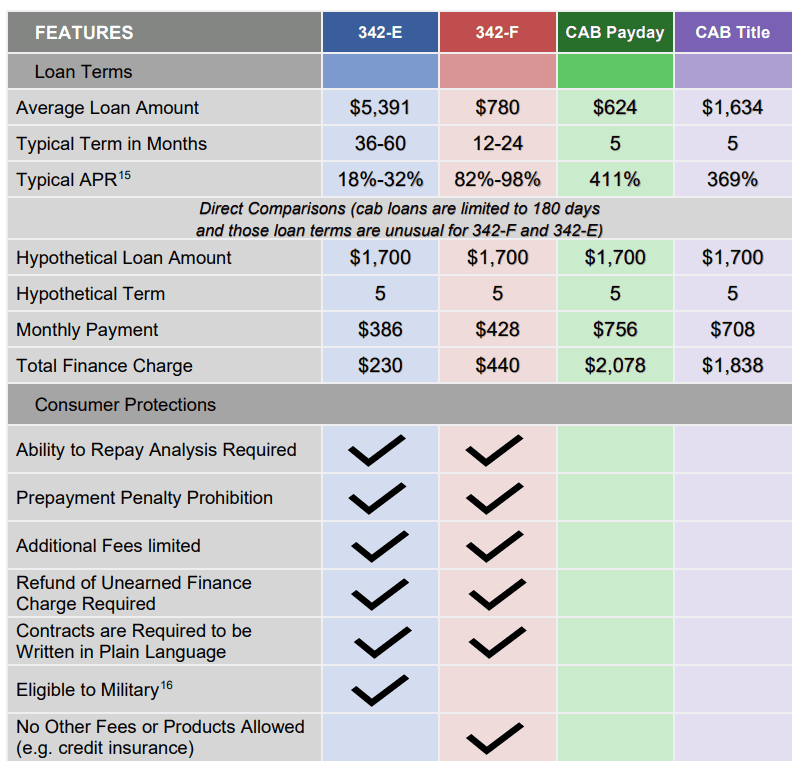To develop a successful referral program for lenders aiming to expand their loan portfolios among subprime borrowers, it’s essential to craft creative and appealing strategies that resonate with both online and storefront channels.
Drawing inspiration from the provided documents and incorporating successful practices from other industries, here’s a list of innovative referral program ideas:
1. Digital Wallet Credits: For each successful referral, offer credits or cashbacks directly in the customer’s digital wallet. This method ensures instant gratification and encourages continuous engagement.
2. Tiered Referral Bonuses: Implement a tiered system where the value of rewards increases with the number of successful referrals. For example, the first referral could earn $50, the second $75, and so on, incentivizing customers to refer more.
3. Loan Discount Programs: Provide discounts on the interest rates for future loans for both the referrer and the referred customer. This could be a percentage off the next loan’s interest or a fixed dollar amount reduction.
4. Exclusive Membership Clubs: Create a VIP or membership club for customers who bring in a certain number of referrals. Membership can offer perks such as lower interest rates, higher loan amounts, or access to financial advice services.
5. Community Contribution Initiatives: Link referral bonuses to contributions towards community projects or charitable causes, showing a commitment to social responsibility. Customers can choose the project their referral bonus supports, adding a personal touch.
6. Gamified Referral Challenges: Introduce a gamification element by setting up challenges or contests around referrals. For example, the person with the most referrals over a month wins a significant cash prize or a valuable non-cash reward like a tech gadget.
7. Celebration Events for Top Referrers: Host exclusive events for top referrers, such as dinners or financial planning workshops, to recognize and celebrate their contributions to the lender’s growth.
8. Loan Forgiveness Draws: For every referral, the customer gains an entry into a draw where they could win loan forgiveness for a certain percentage of their loan.
9. Referral Leaderboards: Publish leaderboards in customer portals or newsletters, highlighting top referrers. This could spark competitive spirit and social proof, encouraging more referrals.
10. Special Offers for First-Time Borrowers: Just as seen in the Cottonwood Financial example, provide a special discount or offer for the first loan of new customers who come in through a referral source.
11. Referral Tracking Dashboard: Develop an online dashboard where customers can track their referrals, see their rewards, and access promotional materials to share with friends and family.
12. Cross-Promotion Bonuses: Partner with other businesses to offer cross-promotion bonuses. For example, refer a friend to both the lending service and a partner insurance company and receive a bonus for both.
13. Emergency Fund Top-Up: For customers who refer others, offer to top up their emergency fund (a small, interest-free loan) as a reward, reinforcing the lender’s role in helping manage financial emergencies.
By blending these innovative ideas with insights from the provided documents [Included in our “bible”], lenders can create a referral program that not only attracts new customers but also fosters a loyal customer base willing to advocate for their services.
Are you ready to catapult your lending business into a realm of unprecedented growth and profitability?
Dive deep into the heart of the subprime market, where vast opportunities await those daring enough to explore.
Our exclusive Consumer Referral Program is just the tip of the iceberg. 🚀
Unlock a treasure trove of ingenious strategies, expert insights, and untold secrets with our comprehensive guide.
Whether you’re operating online or running a bustling storefront, learn how to lend to the subprime market both profitably and safely.
From creating a magnetic referral program that turns customers into your most passionate advocates to navigating the complexities of the subprime landscape with finesse, our guide is your key to unlocking success.
Don’t let this opportunity slip through your fingers!
Join a community of forward-thinking lenders who are reshaping the future of the subprime lending industry.
Click THIS to access more groundbreaking ideas and to master everything you need to know about thriving in the subprime market.
Transform your approach, elevate your business, and leave the competition in the dust.
The time is now—seize the moment and redefine what’s possible in the world of lending. 💼💥
👉 Click THIS to begin your journey towards becoming a leader in subprime lending.
Let’s create a legacy of success, together.
4-WAYS I CAN HELP YOU!
Grab a copy of our “bible:” Learn More
Brainstorm: Learn More
The Business of Lending: Learn More
Free Bi-Monthly Newsletter: Learn More

